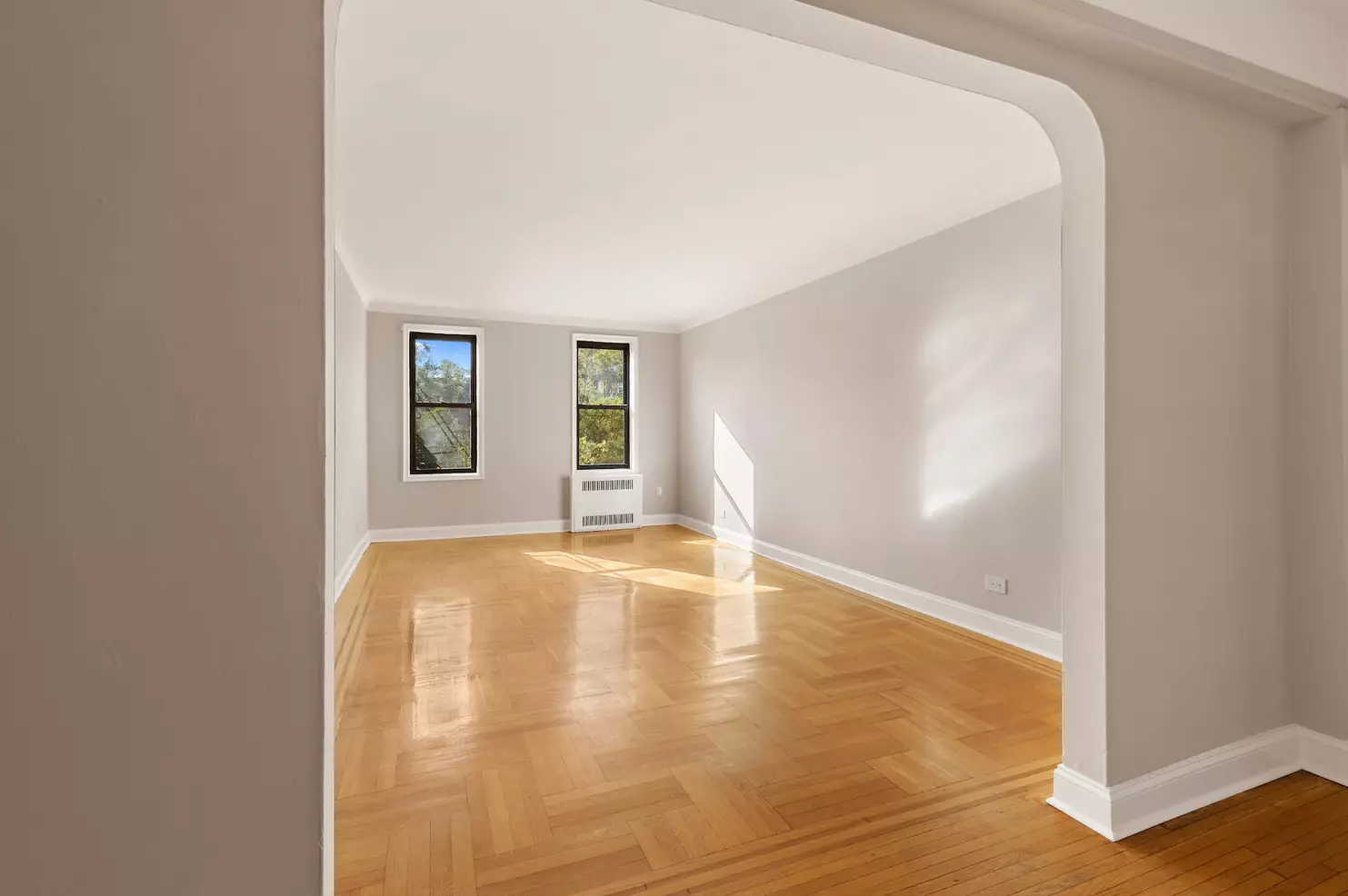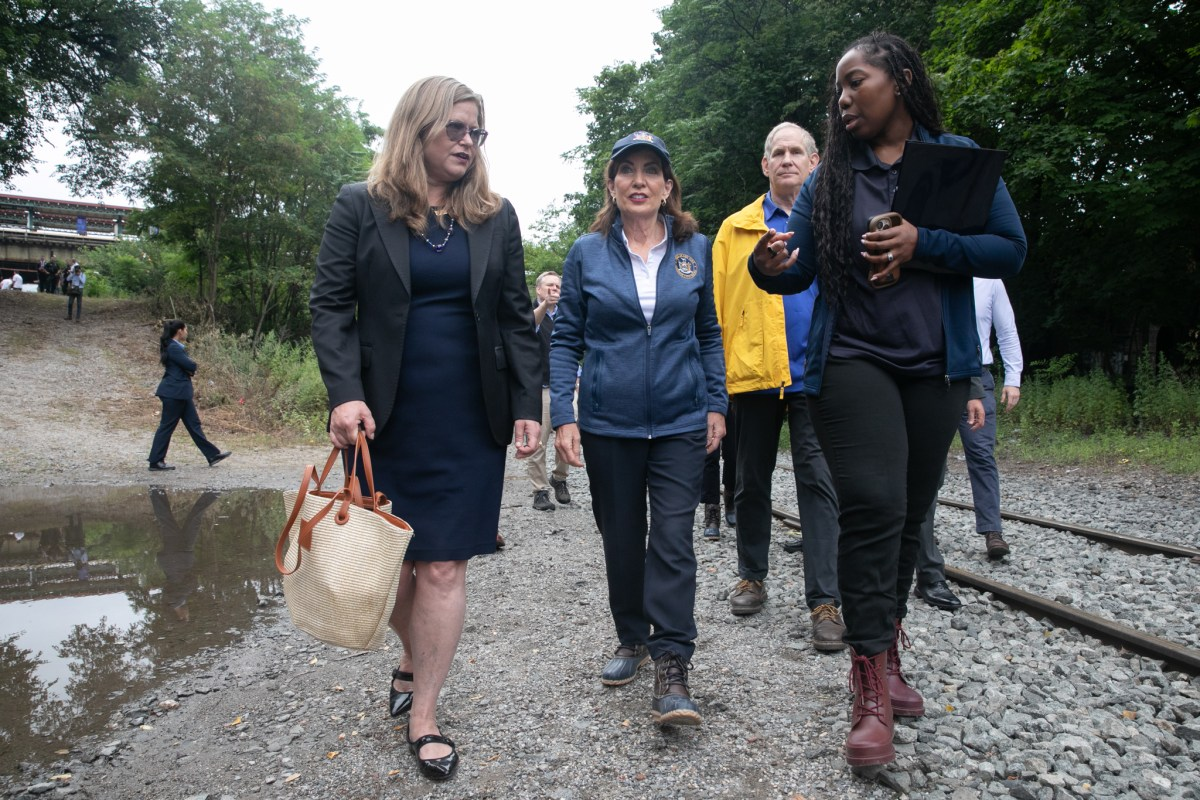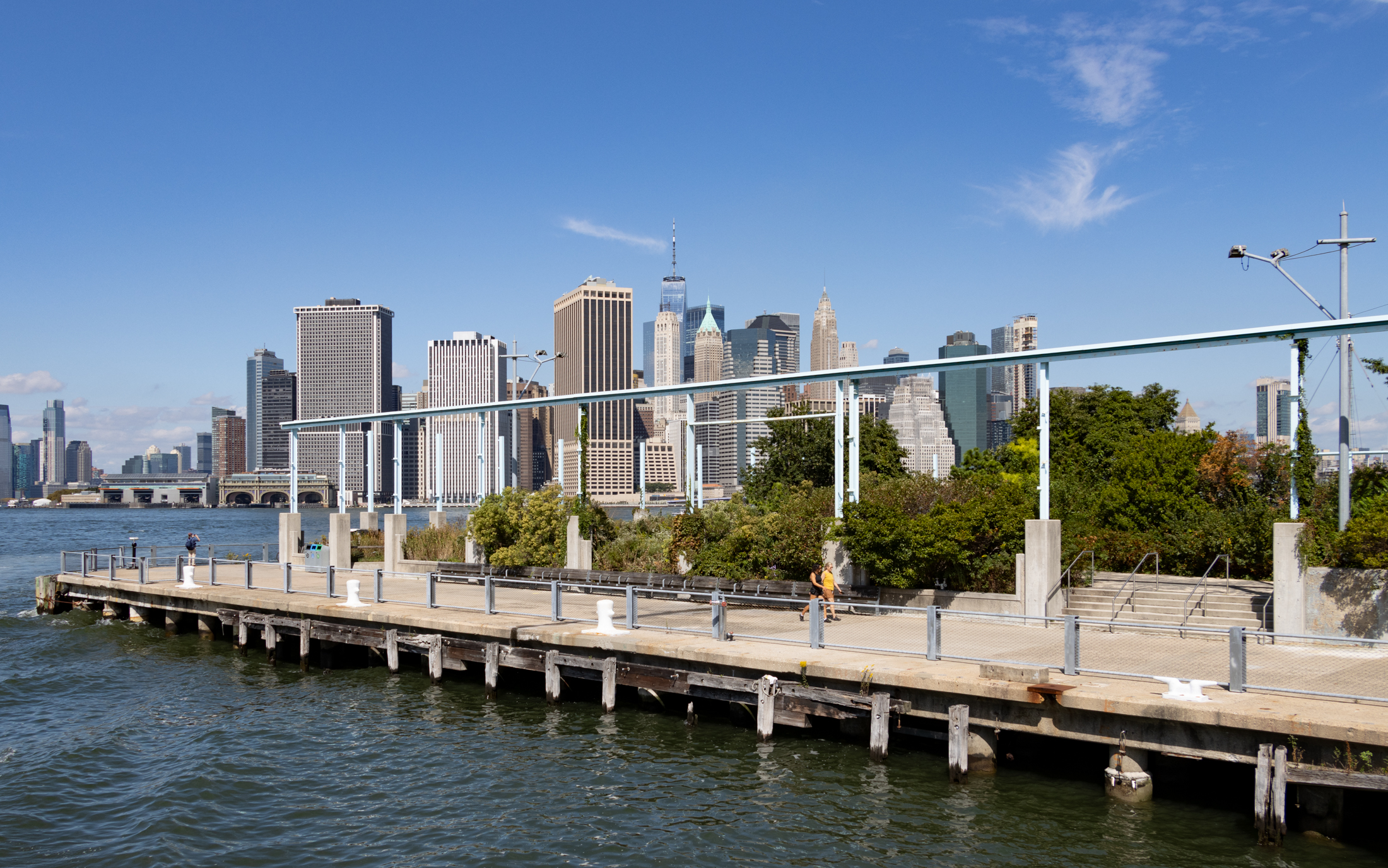Brooklyn Architect: No Subway Love for Brooklyn
Last week, the city broke ground on the long-awaited Second Avenue subway line, but it wasn’t the first time: Several stations were actually dug in the 1970s, before the city declared bankruptcy and tabled the project. City architect and borough Transportation Advisory Board member Larry Stelter of Bay Ridge chronicles the trials of the Second…


Last week, the city broke ground on the long-awaited Second Avenue subway line, but it wasn’t the first time: Several stations were actually dug in the 1970s, before the city declared bankruptcy and tabled the project. City architect and borough Transportation Advisory Board member Larry Stelter of Bay Ridge chronicles the trials of the Second and Third Avenue lines in his book By the El: Third Avenue and Its El at Mid-Century (H&M Productions), which he plans to reissue this year to coincide with the new phase of Second Avenue construction.
Here’s one thing we don’t understand, though: Stelter “criticizes the city and the MTA for not including any connections to either Brooklyn or the Bronx,” the Brooklyn Eagle reports; “both the early 1950s plan and 1968 plan included tie-ins to Brooklyn lines.” Looking at the MTA’s proposal, it’s clear that there are in fact several transfer points to Brooklyn-bound lines (including the F, L, and Q), so the Second Ave train doesn’t completely shun our fair borough. But Stelter does have a point that the new line really ought to offer a Chrystie St. transfer point, which would give Brooklynites access to Manhattan Bridge trains.
Historian To Reissue Book about Elevated Line [Brooklyn Eagle]
Photo via Gothamist.





Brooklyn already has subways: what it lacks is parks, open libraries and schools.
The most important transit connection for Brooklyn is the one being built between the 6th Avenue line and the Uptown #6. Lots of Brooklynites travel to East Midtown; relatively few to the far East Side.
The most important transit issue for Brooklyn is the long-term viability of the Manhattan Bridge for subway use.
Why was my post deleted?
All I did was agree with Benjamin and point out that there are plenty of ways to do “Manhattan Bridge access” with the future 2nd Ave subway and the Q, amongst others. Is that considered spam now?
The Grand St stop on the T will connect with the B and the D thus providing Manhattan Bridge access. As we know, the Q already goes into Brooklyn and that same Q will be the first train to run up Second Ave. when Phase 1 is complete in a few years.
Additionally, the end terminals will be built in a such way to facilitate future construction into Brooklyn or the Bronx if those running the city in the future wish to extend the line.
According to this http://www.mta.info/capconstr/sas/sas_description.htm
it already does provide a Chrystie St transfer point. Did that change?
First Brooklyn stole our precious hipsters and now they want our subways 🙁
Oh please. The tunner for the SAS is already there, the tunnels under the river aren’t. Digging those tunnels would cost billions.